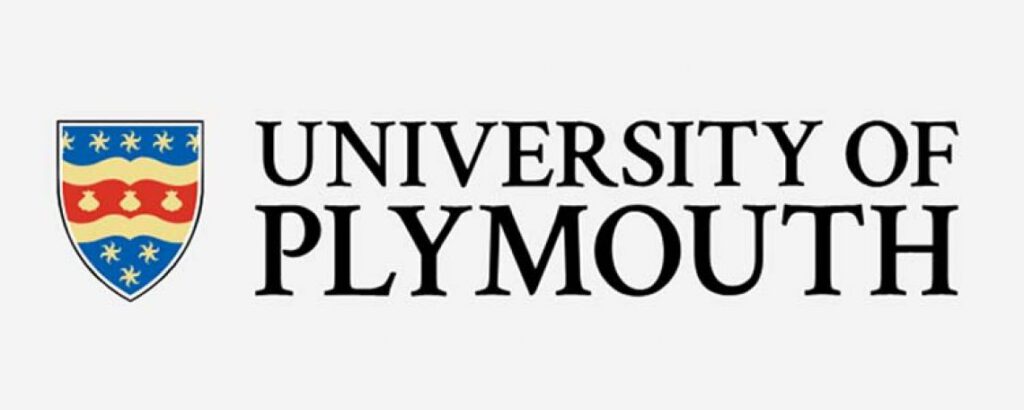Marine scientists at the University of Plymouth tag bass in bid to explain falling stock numbers

Marine scientists at the University of Plymouth have embarked on an ambitious project to tag juvenile bass (Dicentrarchus labrax) in a bid to explain why populations are dwindling.
Recorded numbers in the North Atlantic have fallen dramatically in the past ten years despite heavy restrictions having been put in place for both commercial and recreational fishing practices.
Now, working with fishermen in north and south Devon, researchers are looking to track the bass’ movements in order to develop a clearer understanding of their feeding patterns.
By liaising with officials and organisations, they then hope to use that information to inform local and national policies with the aim of conserving the species for the future.
The Immature Bass Acoustic Stock Surveillance (I-BASS) project is running for two and a half years and being funded through a £242,000 grant from the European Marine Fisheries Fund.
Dr Emma Sheehan, Senior Research Fellow in the University’s Marine Institute and project lead, said:
“Bass is an iconic species that is both economically and ecologically valuable to our coastlines and estuaries. But there has been a recent crash in numbers and it is currently not clear why. By establishing monitoring sites, we can look at what proportion of time the juveniles spend in various habitats such as saltmarsh. We can also examine whether they are moving outside protected nursery areas which would obviously pose a threat to their survival.”
Working with fishing groups and the Devon & Severn Inshore Fisheries and Conservation Authority (Devon and Severn IFCA), it is hoped to tag 150 juvenile fish across the Salcombe, Dart, and Taw and Torridge estuaries.
During that process, scientists will also install a network of acoustic sensors out at sea which will then be used to construct a picture of each individual’s movements.
By tracking the fish in this way, the researchers hope to identify any hotspots where they congregate regularly so they can examine those habitats and assess why they are proving especially popular.
Ultimately, they hope the project will shed light on whether the fish are leaving the legally protected confines of their nurseries and venturing into areas of open fishing.
Thomas Stamp, who is working on the project as part of his PhD studies, said:
“Historically, there have been extensive coastal and intertidal developments which have led to the loss of habitats which may have had a negative effect on bass populations. There have been efforts to address this and through this project we will be able to assess whether they are having the desired effect.”
The work in the Taw and Torridge estuaries was undertaken in conjunction with the Bass Anglers Sportfishing Society (B.A.S.S) and the Fishing Collective operating out of Appledore Fish Quay.
The Devon and Severn IFCA has also committed significant officers’ time and money. It hopes the study will help determine whether its current management approach, particularly in and around estuaries, is suitably aligned to the use of these sites by bass and therefore provides the intended protection.











Responses